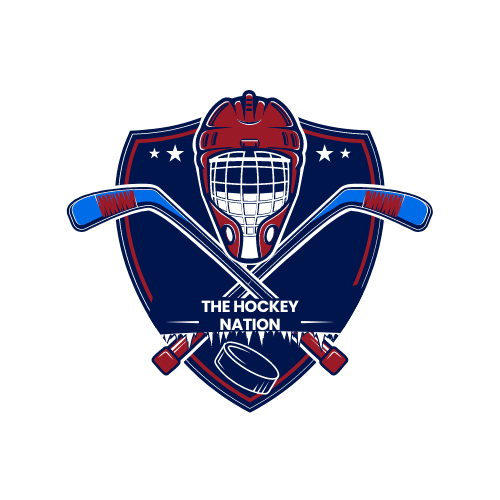New to hockey? Not sure about the blue line or red line? No worries, we’ve got you covered! Let’s dive into some basic hockey knowledge together so you can wow your friends.

Key Terms
Offsides

In ice hockey, the offsides rule ensures fair play by requiring the puck to precede any player who has possession of it across the opposing team’s blue line. If a player enters the offensive zone before the puck, they are deemed offsides, resulting in a stoppage of play. Two linesmen stationed at each blue line are responsible for enforcing this rule.
Icing

Icing is called when a team shoots the puck from their own half of the ice past the goal line of the opposing team without any player from the opposing team touching it. This results in a stoppage of play, and the faceoff is brought back to the offending team’s defensive zone. It’s important to note that icing is not called when a team is shorthanded due to a penalty.
Penalties
Penalties in hockey are categorized into three levels: minor, major, and match penalties. Minor penalties are assessed for infractions like tripping, holding, high-sticking, elbowing, delay of game, hooking, and slashing. Major penalties are given for severe infractions, including fighting. A match penalty, leading to automatic ejection, is issued for attempts to deliberately injure an opponent.
Power play

When a team has a player advantage due to an infraction by the opposing team, it goes on a power play. This typically results in a 5-on-4 situation but can vary based on the number of penalties. Scoring during a power play allows the penalized team to bring back the player serving the penalty.
Penalty kill
The team serving a penalty must play shorthanded, allowing them to ice the puck without causing a stoppage in play. This strategic play aims to prevent the opposing team from scoring while down a player.
Penalty shot

Awarded to a player impeded from behind during a breakaway, a penalty shot gives the player a direct opportunity to score against the goaltender with a clear path from center ice.
